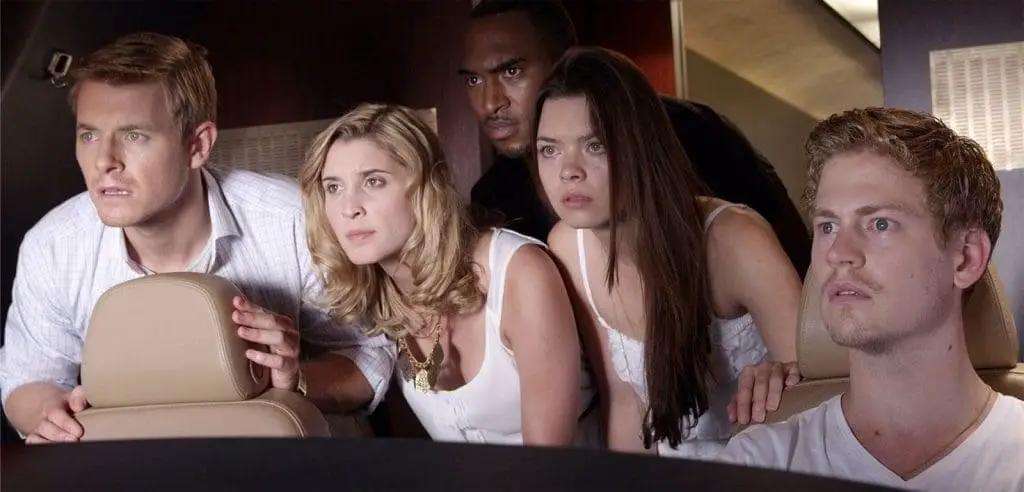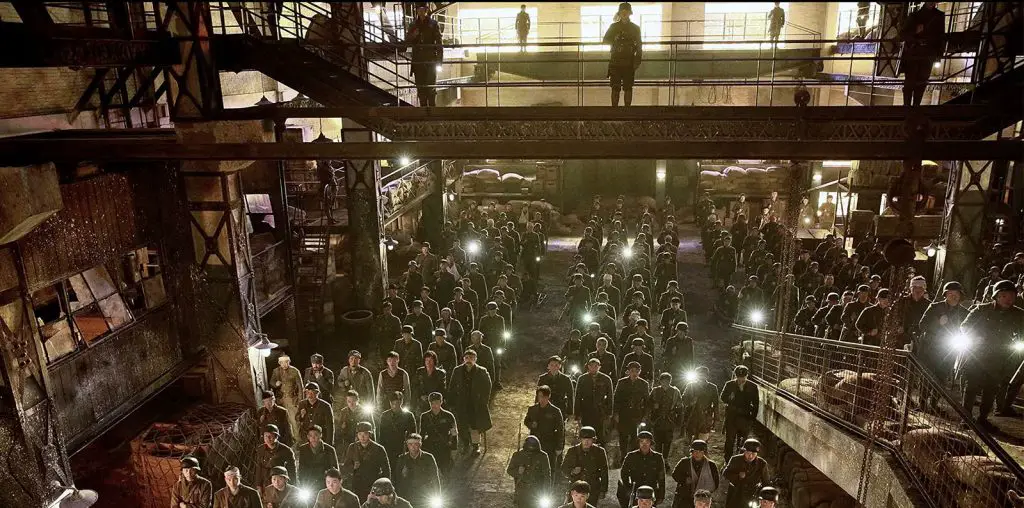
Like Rasputin, or the Terminator, or that nefarious Johnny Gasparini in “Better Off Dead,” the movie musical simply refuses to die. Just when something truly repugnant like “Xanadu” hits theaters and makes us all think there’s no way in hell someone’s going to risk visiting the genre again, along comes “Flashdance” (the film that spurred the stampede of women to the welding profession). Just when the horrors of “Staying Alive” had begun to fade from our collective consciousness, we get “Purple Rain” (Prince as the improbable spawn of Clarence Williams III) and “Footloose” (Kevin Bacon vents his resentment and frustration through interpretive farm equipment gymnastics). For every musical worth mentioning (Hedwig and the Angry Inch, The Blues Brothers, Cannibal! The Musical), there are dozens that deserve to have their negatives burned and the directors put to the sword (“Under the Cherry
Moon,” “Satisfaction,” Chicago).
Okay, that’s a little harsh, but clearly there are some real singing and dancing turds out there. Gone are the days when all you needed were Fred and Ginger and an orchestra (or a bunch of women in shower caps and one-pieces) to pull the audiences in. Aside from a few high points through the last thirty years, the Hollywood musical has been on a steadily downward trend.
(Obviously, I’m lumping in cinematic versions of Broadway musicals (“Little Shop of Horrors”) with those that simply feature music prominently (“Eddie and the Cruisers”). I realize the distinctions, but I’m hewing to the broad genre classification out of laziness. Deal with it.)
There was a time, however, when the movie musical enjoyed an era of popularity not seen since Eisenhower’s presidency: the 1970s. For whatever reason: the oil crisis, inflation, or the downer that was life in post-Vietnam America, the musical enjoyed a brief resurgence in the Ford and Carter years. And though most of these films originated in the United States, much of the blame for their creation lies at the feet of Australian movie producer Robert Stigwood.
The Robert Stigwood Organisation (RSO) managed acts like the Bee Gees, Blind Faith, and Cream in the ‘60s and later moved to theater, producing apologist hippie fare like “Hair” and “Jesus Christ Superstar.” A moderately well-received theatrical version of “Superstar” led to a film version of the Who’s “Tommy,” starring Elton John, Ann-Margret, Jack Nicholson, and some of director Ken Russell’s more amusing hallucinations. “Tommy” garnered enough critical and financial success to convince Stigwood to stick with the genre. Unfortunately, his next three forays were the movies I’ll be subjecting you to today: “Saturday Night Fever,” “Sgt. Pepper’s Lonely Hearts Club Band,” and “Grease.” Thanks (or something) to my friend April for suggesting the idea.
The story continues in part two of FOOTAGE FETISHES: ROBERT STIGWOOD’S TRILOGY OF TERROR>>>


